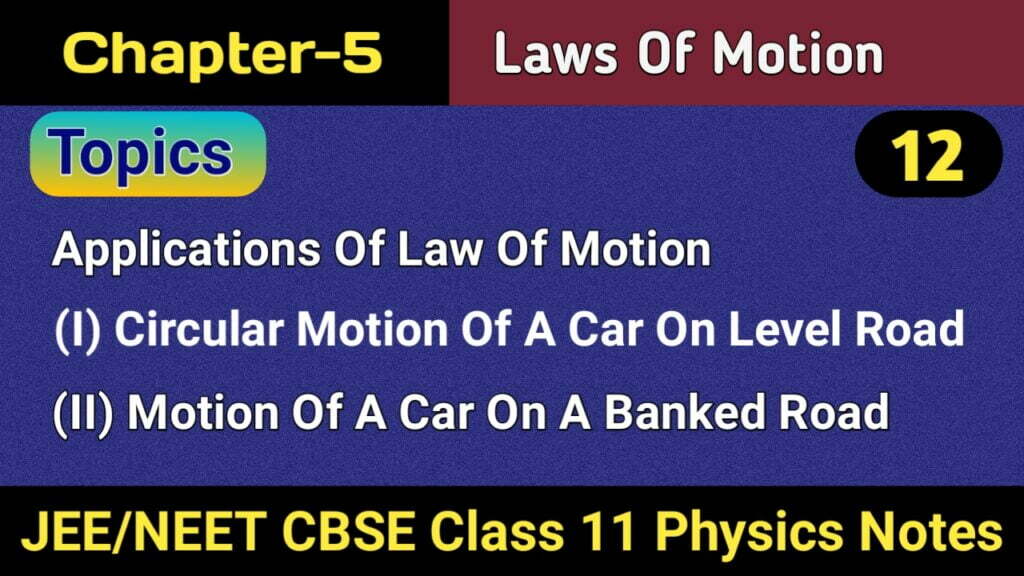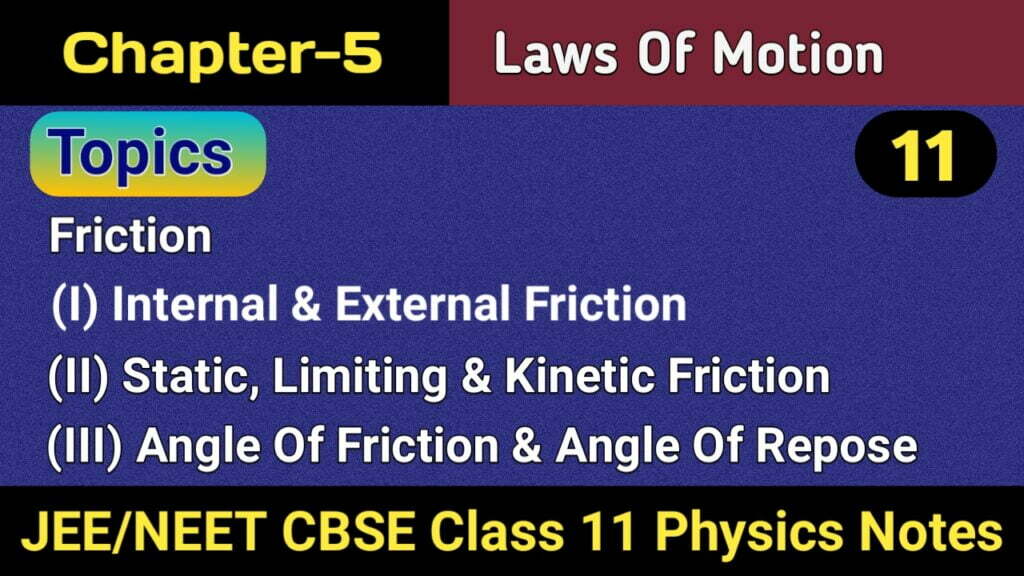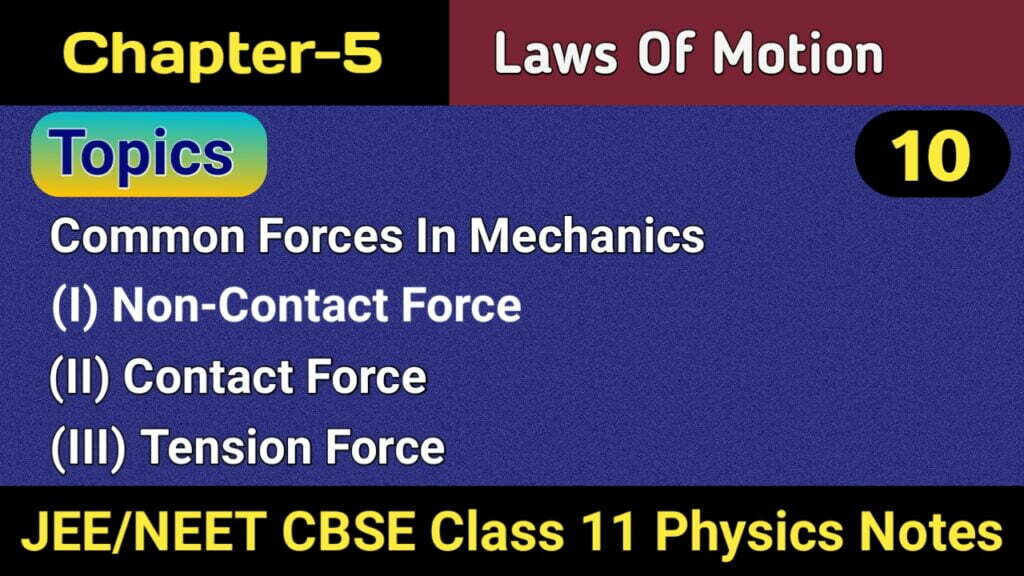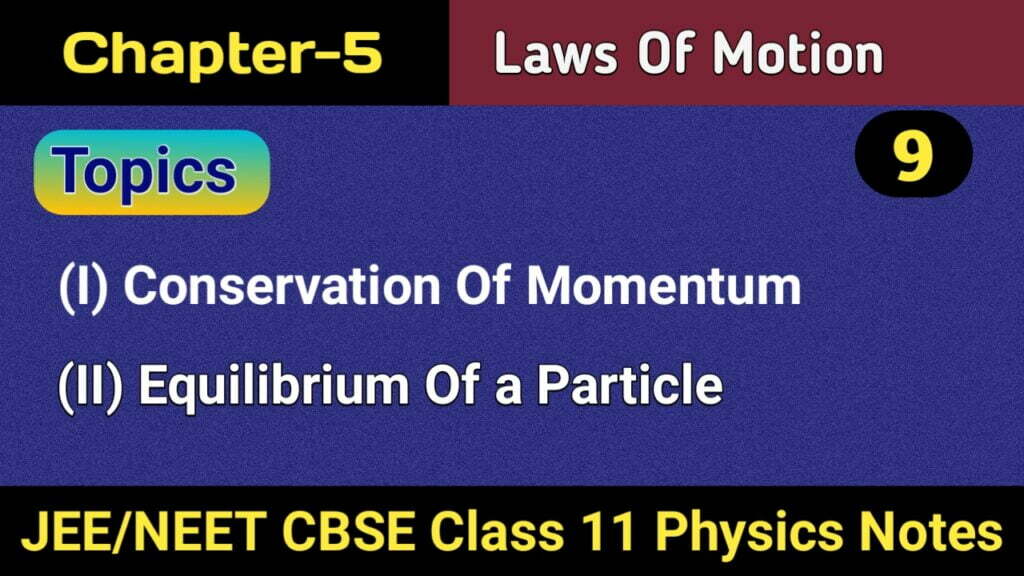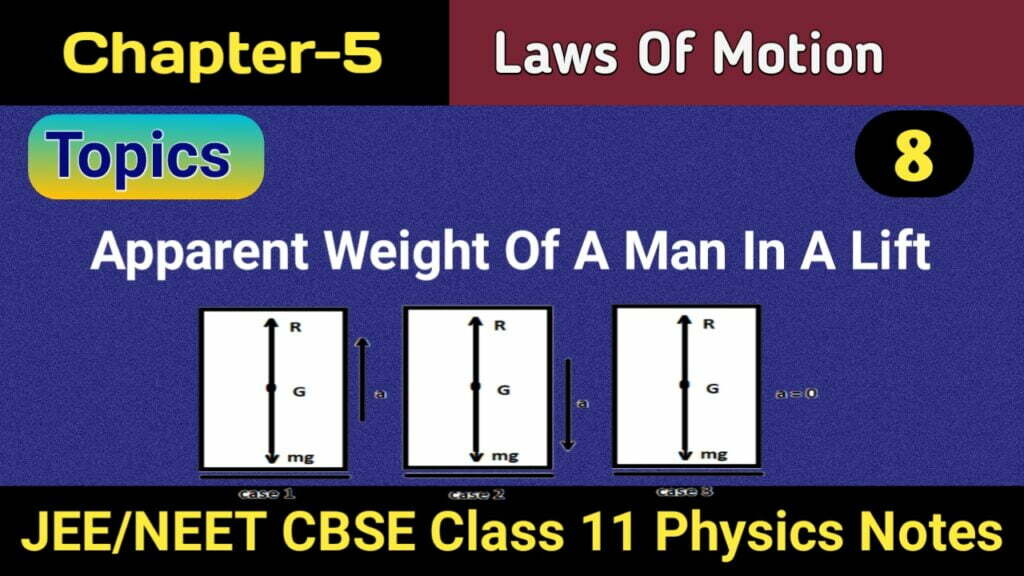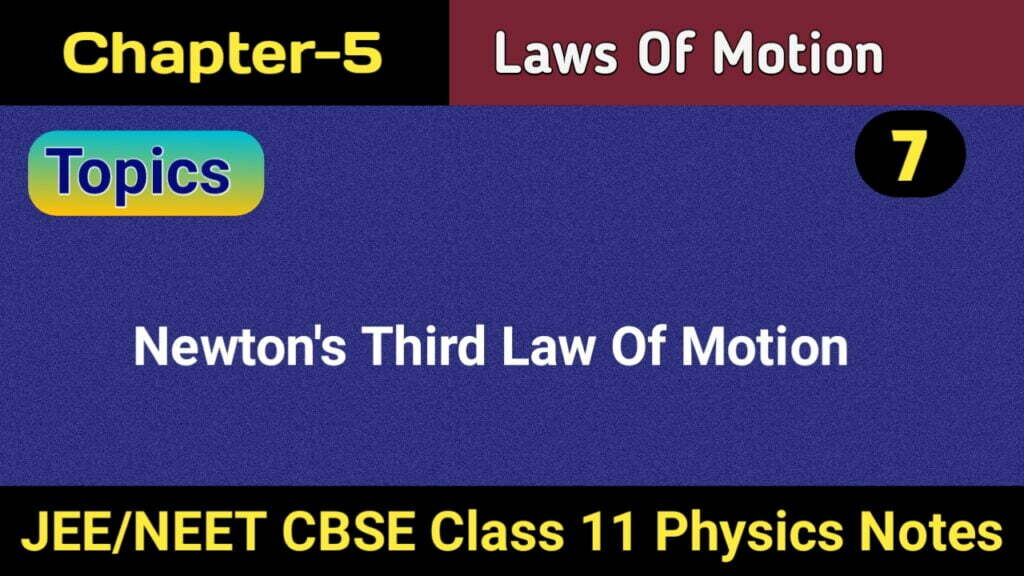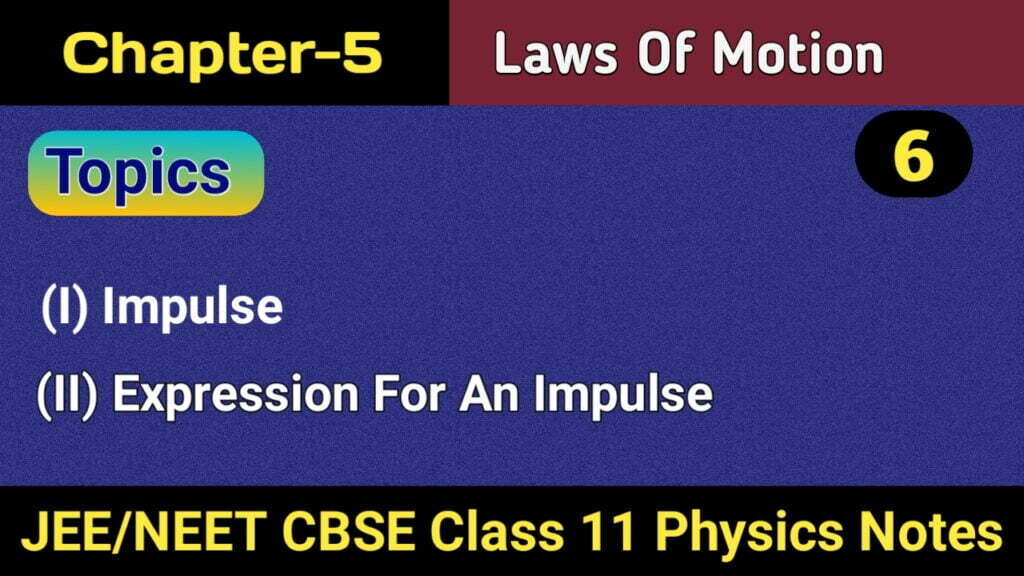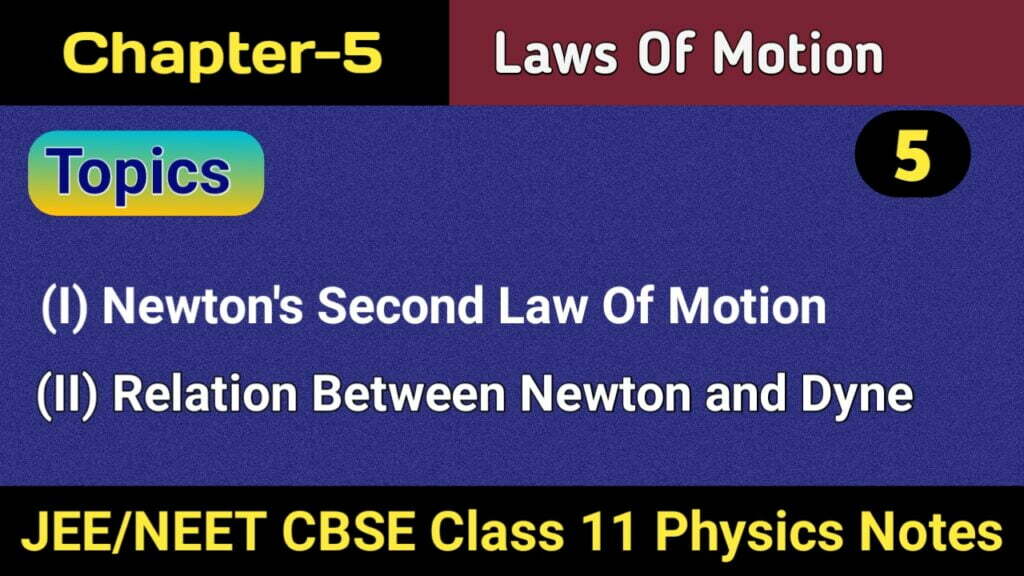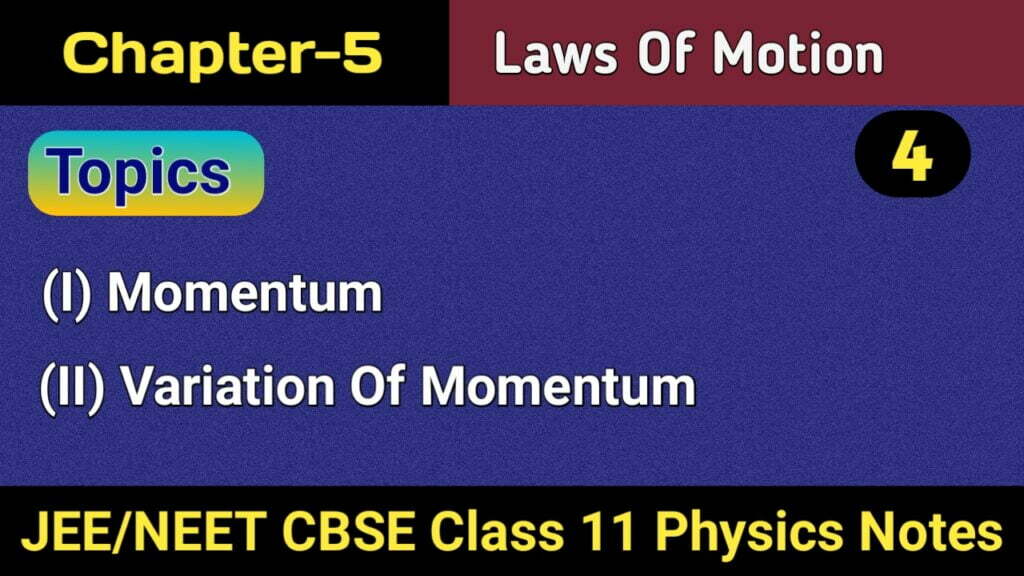Applications Of Law Of Motion
There are many applications of Law of Motion. Some important applications are as under. The circular motion of a car on a flat and bank road are as (I) Circular Motion Of A Car On Level Road When a vehicle goes round a curved road, it requires some centripetal force. While rounding the curve, the […]

